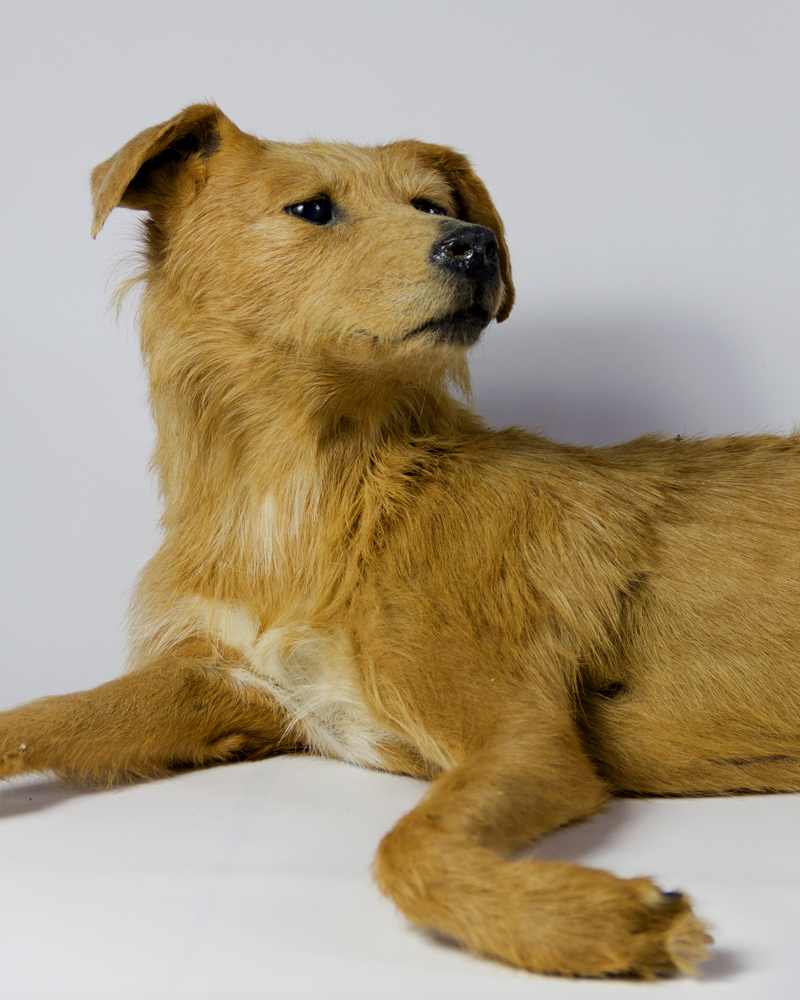Introduction

Image: www.instructables.com
The bond between humans and dogs is extraordinary, marked by an unwavering loyalty and unconditional love. When our canine friends leave our physical world, the loss can be profound. Some pet owners find solace in taxidermy, a process of preserving the remains of a deceased animal to create a likeness. While it can be a way to keep a beloved companion close, it’s important to understand the emotional and financial implications before making this decision.
What is Dog Taxidermy?
Taxidermy, derived from the Greek words “taxis” (arrangement) and “derma” (skin), involves meticulously recreating the appearance of a living animal using its preserved remains. In the case of dog taxidermy, the deceased animal’s skin is removed and tanned, then carefully fitted over a form to recreate its body shape. The head and other body parts are painstakingly reassembled, and artificial eyes, teeth, and claws are added to create a surprisingly lifelike representation.
Factors Influencing the Cost of Dog Taxidermy
The cost of dog taxidermy varies widely depending on several factors, including:
- Size of the Dog: The larger the dog, the more materials and labor are required, leading to a higher overall cost.
- Posing Complexity: The desired pose of the dog also plays a role in the price. Sitting or standing poses are typically simpler and less expensive than those involving movement or interaction with props.
- Custom Features: Special requests, such as adding accessories, painting, or creating a scenic background, can increase the cost.
- Taxidermist’s Experience and Reputation: The skill and expertise of the taxidermist can have an impact on the quality and price of the final product.
Average Cost of Dog Taxidermy
Estimates for dog taxidermy range widely depending on the factors mentioned above. Basic packages for small dogs typically start around $500, while full mounts of large dogs with complex poses can exceed $4,000.
Emotional Considerations
Beyond the financial aspect, there are significant emotional considerations when deciding on dog taxidermy. Some pet owners find it comforting to have a physical reminder of their beloved companion, while others may find the process too emotionally taxing. It’s important to carefully weigh the potential benefits against any negative feelings that may arise.
Choosing a Taxidermist
Finding a reputable and experienced taxidermist is crucial for a successful outcome. Ask for recommendations from trusted sources, such as veterinarians or animal shelters. Look for taxidermists who are members of professional organizations and have a proven track record of satisfied clients.
Conclusion
Taxidermy can be a way to preserve the memory of a cherished dog companion, but it’s important to approach the decision thoughtfully and realistically. Understanding the costs, emotional implications, and proper procedures can help ensure a meaningful and respectful experience. While it may not be appropriate for every situation, for some pet owners, dog taxidermy provides a tangible connection to the unconditional love that binds humans and animals together.

Image: www.ayreandco.com
How Much To Taxidermy A Dog